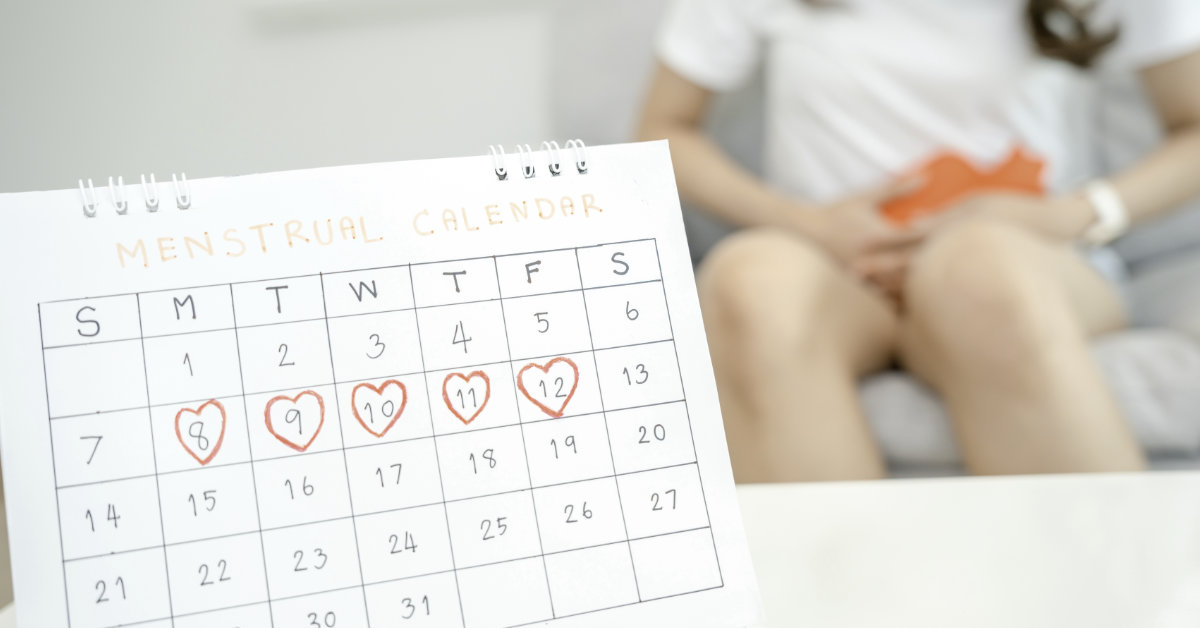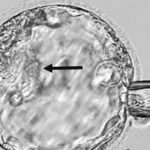The menstrual cycle is a crucial aspect of women’s health and understanding it better is essential when you’re trying to conceive.
The Two Phases of the Menstrual Cycle
1. The Follicular Phase
During the follicular phase, which lasts between 10 to 20 days, a follicle—a sac within the ovary containing an egg—grows. As the follicle develops, it produces estrogen, preparing the uterus for implantation. Ovulation occurs once the follicle reaches a specific size, and the resulting estrogen levels trigger a release of Luteinizing Hormone (LH). This “LH surge” initiates ovulation, and the days leading up to ovulation are known as the “fertile window.” This is what is being detected in ovulation predictor kids (OPKs).
2. The Luteal Phase
The luteal phase begins after ovulation, marked by a rise in progesterone levels. Progesterone plays a vital role in maintaining a pregnancy if conception occurs. If pregnancy does not happen, progesterone levels decline, resulting in menstruation (your period). This phase typically lasts about 12-14 days for everyone, regardless of the cycle length.
Importance of Understanding Your Menstrual Cycle
Understanding these phases is crucial, especially for those with longer menstrual cycles who will have a longer follicular phase and ovulate later. Knowing when your “fertile window” occurs allows you to plan timed intercourse effectively, increasing the chances of conception.
Key Takeaways for Conception
- Track your menstrual cycle to identify your fertile window.
- The follicular phase length varies, impacting ovulation timing.
- The luteal phase is consistent, lasting about 14 days.
For more guidance, schedule a consultation to better understand your own menstrual cycles, assess your fertility and discuss realistic timelines when trying to conceive.









